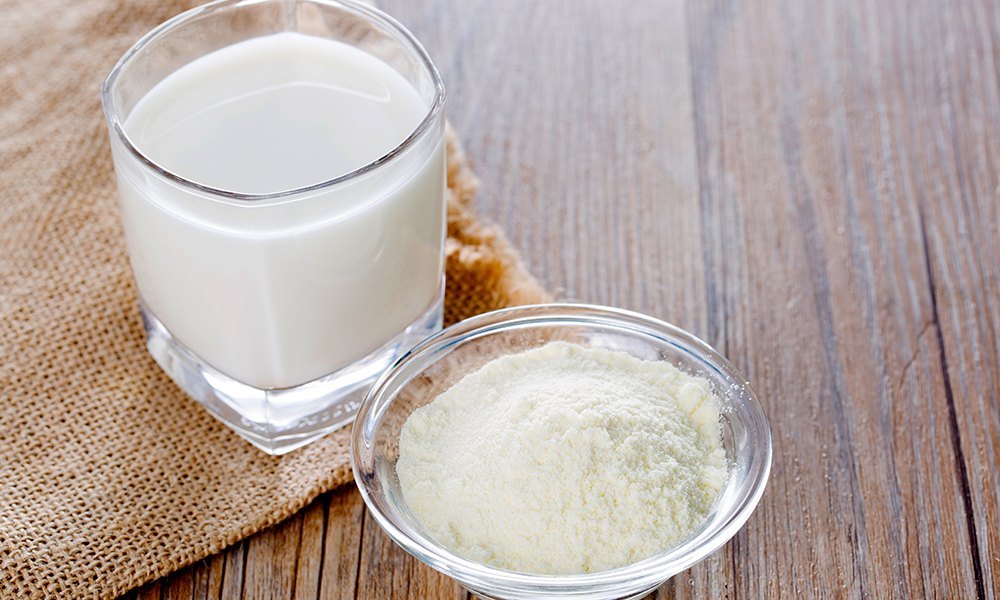Coffee flavour confuses even experienced drinkers. The line between boldness and bitterness often blurs in descriptions and tasting notes. Many coffee enthusiasts use these terms interchangeably, missing the subtle but important distinctions between them. Understanding this difference transforms how we select and appreciate strong coffee. True boldness comes from the proper extraction of coffee’s complex flavour compounds. It delivers a rich, intense taste without harsh edges or unpleasant aftertaste. Brands focusing on high-quality distinguish themselves by achieving boldness without crossing into excessive bitterness. This balance creates the satisfying experience strong coffee drinkers seek.
Bold defined
- Boldness represents flavour intensity and fullness that fills the mouth. This robust profile comes from properly extracted coffee oils containing hundreds of aromatic compounds. When these oils release properly during brewing, they create a rounded sensory experience with a noticeable beginning, middle, and finish.
- The mouthfeel of bold coffee feels substantial, almost like liquid velvet coating the tongue. This richness comes from suspended micro-particles and oils that give weight to each sip. Real boldness lingers pleasantly, leaving a satisfying finish that invites the next taste rather than overwhelming the palate.
Warpath Coffee exemplifies this boldness through careful roasting that develops full flavour without carbonizing the beans. The result delivers intensity while maintaining complexity – a strength that doesn’t sacrifice nuance. Bold coffee wakes up taste buds without punishing them.
Bitter breakdown
- Bitterness occurs naturally in coffee but requires proper balance. Controlled bitterness adds the necessary structure to coffee’s flavour profile, similar to tannins in wine. When properly managed, this natural bitterness creates a pleasant counterpoint to coffee’s inherent sweetness and acidity.
- Excessive bitterness indicates over-extraction, burnt beans, or poor-quality coffee. This unpleasant sharpness overwhelms other flavour notes and creates an astringent sensation that dries the mouth. Many people who dislike strong coffee have experienced poorly executed bitter brews rather than properly bold ones.
- The best strong coffees control bitterness carefully, allowing it to support rather than dominate the flavour experience. This balance creates a complex cup that delivers stimulating intensity without unpleasant harshness.
Roasting secrets
- Dark roasting develops intense flavours but requires precision. The heat transforms coffee beans, breaking acids and forming new flavour compounds. This process concentrates certain elements while reducing others, fundamentally changing the bean’s original character.
- Skilled roasters know when to stop the process – developing deep flavours without burning sugars. This perfect timing preserves the bean’s natural oils rather than carbonizing them. The difference between these approaches determines whether coffee tastes bold or merely bitter.
Brewing matters
- Even perfect beans need proper brewing to deliver their potential. Water temperature plays a crucial role – too hot burns the grounds while too cool under-extracts. The ideal range between 195-205°F extracts flavour compounds efficiently without excessive bitterness.
- Brewing time affects which compounds enter your cup. Shorter exposure extracts primarily acids and some oils, while longer brewing pulls more bitter compounds into the mix. Finding the right balance creates fullness without harshness.
Strong coffee presents a spectrum of experiences, from delightfully bold to unpleasant. The difference lies in bean quality, roasting skill, brewing technique, and tasting approach. By understanding the distinction between boldness and bitterness, coffee drinkers discover that strength need not come at the expense of flavour complexity. True boldness delivers both intensity and satisfaction in each carefully crafted cup.






